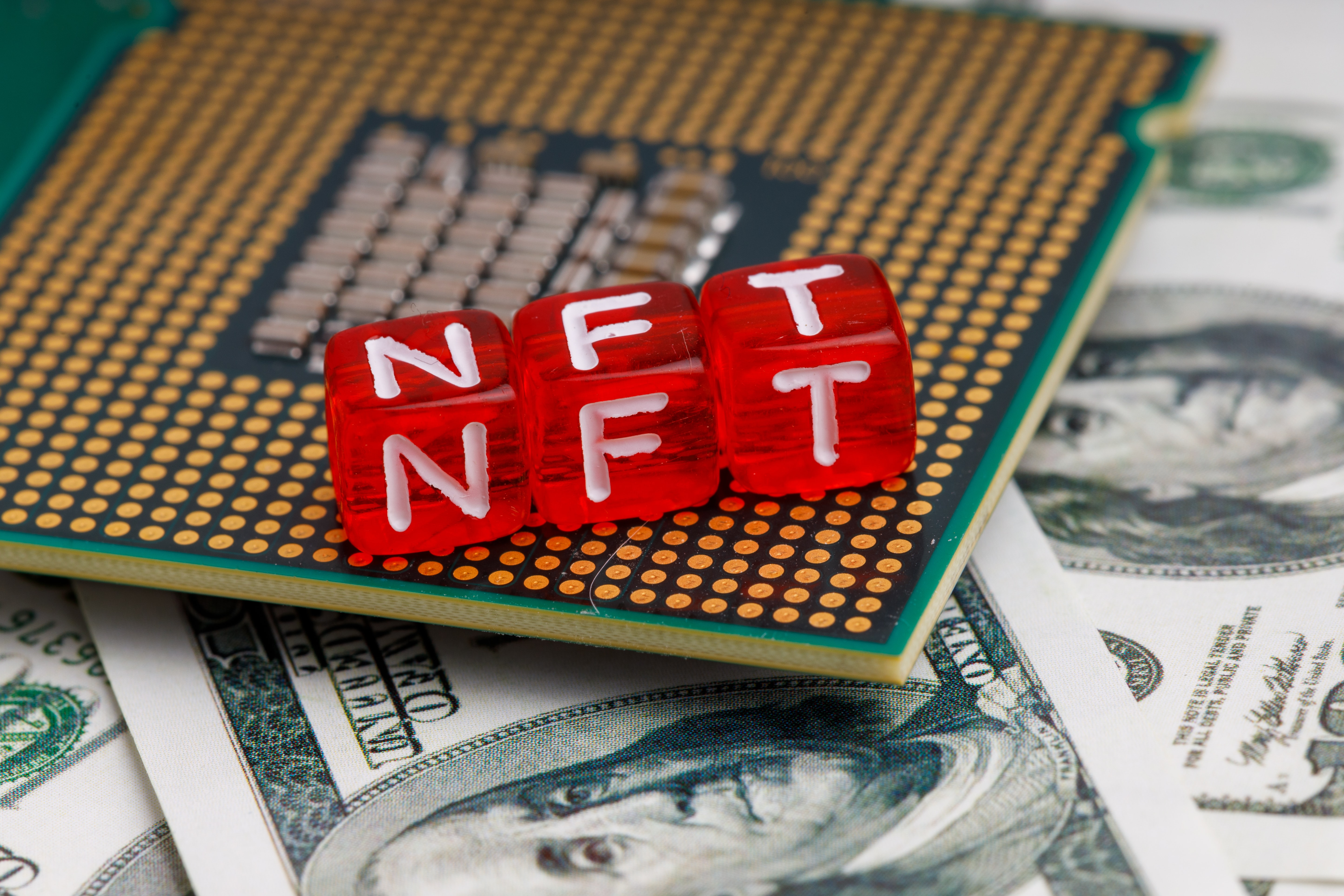How to connect NFT and OTT?
NFT Art Can Become Part Of The Stream

So much has already been said and written about NFT that it is not necessary to explain what these letters mean. The very first tweet, cut scenes from Pulp Fiction, Elon Musk's song - they all exist in NFT format.
An NFT, or Non-Fungible Token, is a unit of account that creates a digital impression of any unique item. Among them may be: paintings, photographs, videos, music and any content that claims to be some kind of uniqueness. They are highly prized among collectors, gamers and art lovers, and are bought and sold through auctions.
Roku introduced StreamNFT, the first TV app dedicated to NFT - art, a software solution for bringing NFT elements to the screen of a TV or other viewing device.
The user installs the app from the Roku channel store, logs into their Ethereum-based wallet, and NFTs are automatically downloaded from the blockchain and optimized for display on all Roku-enabled devices and Roku-powered TVs.
“I think what we are doing is bringing together some very interesting worlds: connected TVs, NFT and Web 3,” explains Kevin McCarthy, founder of NFT Lab, which is responsible for creating and developing StreamNFT.
“StreamNFT for Roku offers a utility for NFT fans, and discovery and learning for all users… When people think of NFTs, they think of vast collections. Actually, we're not talking about that. Much of the information we collect and display here is not available, to the best of our knowledge, anywhere else on the internet. What we created is not TikTok or YouTube, it's something else, but I think it's just as interesting. This is art as it is. "
NFTLab was launched in 2021 as an NFT search engine that aims to connect interested buyers to marketplaces such as Foundation, SuperRare, Nifty Gateway, and Rarible. Since then, she has indexed and curated some 560,000 pieces of unique digital art.
The bulk are still images, but the total also includes more than 50,000 videos that meet the algorithmic criteria for display on a TV, another 50,000 videos that do not meet those criteria, and about 20,000 NFTs whose file formats do not currently supported.
“Another interesting feature that remains completely behind the scenes. It lies in the fact that we set up visible streams on the device with which the user enters the StreamNFT channel. Thus, 720p, 1080p and 2160p (4K) users will have slightly different experiences, tailored as much as possible to the chosen viewing device. I'm sure this is old news for CTV professionals, but for NFTs that are on the blockchain, it's pretty cool."
McCarthy is certainly right that millions of NFTs have been created, but the vast majority of these art objects have never had an audience of more than a few dozen people.
“The reason so much of this art has been forgotten is not because it is terrible – quite the opposite! The reason is that no one has ever tried to organize, sort and rank these NFTs and display them on user screens.”
Technique And Technology For NFT
At CES, Samsung announced an NFT aggregation platform integrated into its smart TVs. The idea, according to the press release, is that users “can view an NFT before purchasing it and even learn about its history – from who created it to what includes its blockchain metadata.”
Most of the websites and marketplaces for NFTs are quite tech and the main trend in NFTs at the moment is to focus on collecting (like Bored Apes or Crypto Punks).
It is possible that people who buy NFTs will one day find their investment as valuable as the original paintings by Picasso and Monet. But the NFT market seems to be cooling down. NFT tycoon Gary Vaynerchuk recently predicted that 98% of NFTs will loose value.
As a response to this market movement, there is a growing focus on "utility" - basically bundling other things with an NFT purchase (such as concert tickets, signed memorabilia, or early access to anything) to ensure that something is included. valuable, even if the value of the NFT object itself goes to zero.
In addition, there is also the idea that NFTs can be interoperable - that is, unlike buying a skin in Fortnite, which can only be used inside Fortnite, in theory you can transfer NFTs from one virtual environment to another.
One way or another, NFT art and objects have already become part of the digital environment. The streaming medium can offer a series of solutions to develop and popularize this phenomenon: tools for storing and displaying private collections, virtual museums, platforms for sale and exchange. Existing technologies already have the potential to provide secure storage, transcoding and transmission of such objects, but there are very few ready-made working solutions.
